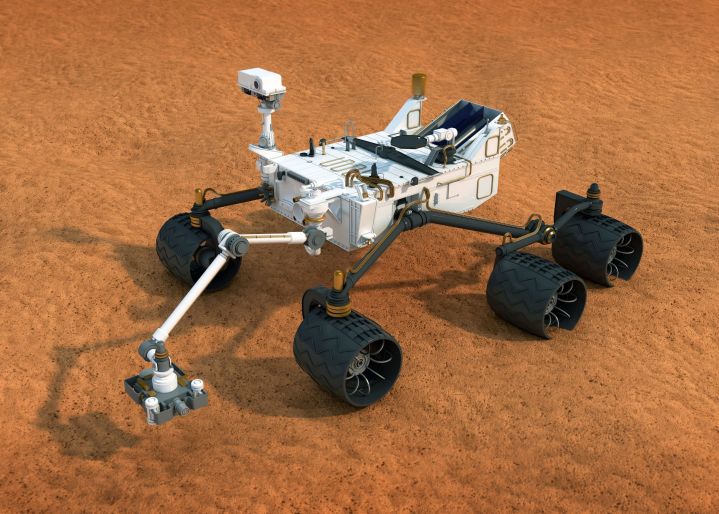
The presence of water on the planet would be a huge step forward in establishing Mars as a viable alternative for Earth, should the need arise. And the hope is that if there’s water, there might also be signs of life on Mars.
Of course, it’s unlikely that even if living organisms are present on the Red Planet and the Curiosity manages to take samples, they wouldn’t survive the sterilization process, or the harsh conditions on Mars itself. All the same, being able to prove the presence of water could catalyze further missions to Mars, perhaps with even more exciting revelations.
“Soon, hopefully within a year, we will be in a position to take higher-resolution images of the area that’s purported to be an RSL, at a much higher resolution than that of MRO [Mars Reconnaissance Orbiter],” Jim Green, Director of NASA’s Planetary Science Division, told Aviation Week of the rover’s upcoming expedition. “And then we’d be able to observe it … and say, ‘no, that’s really a dust slide,’ or watch it change.”


